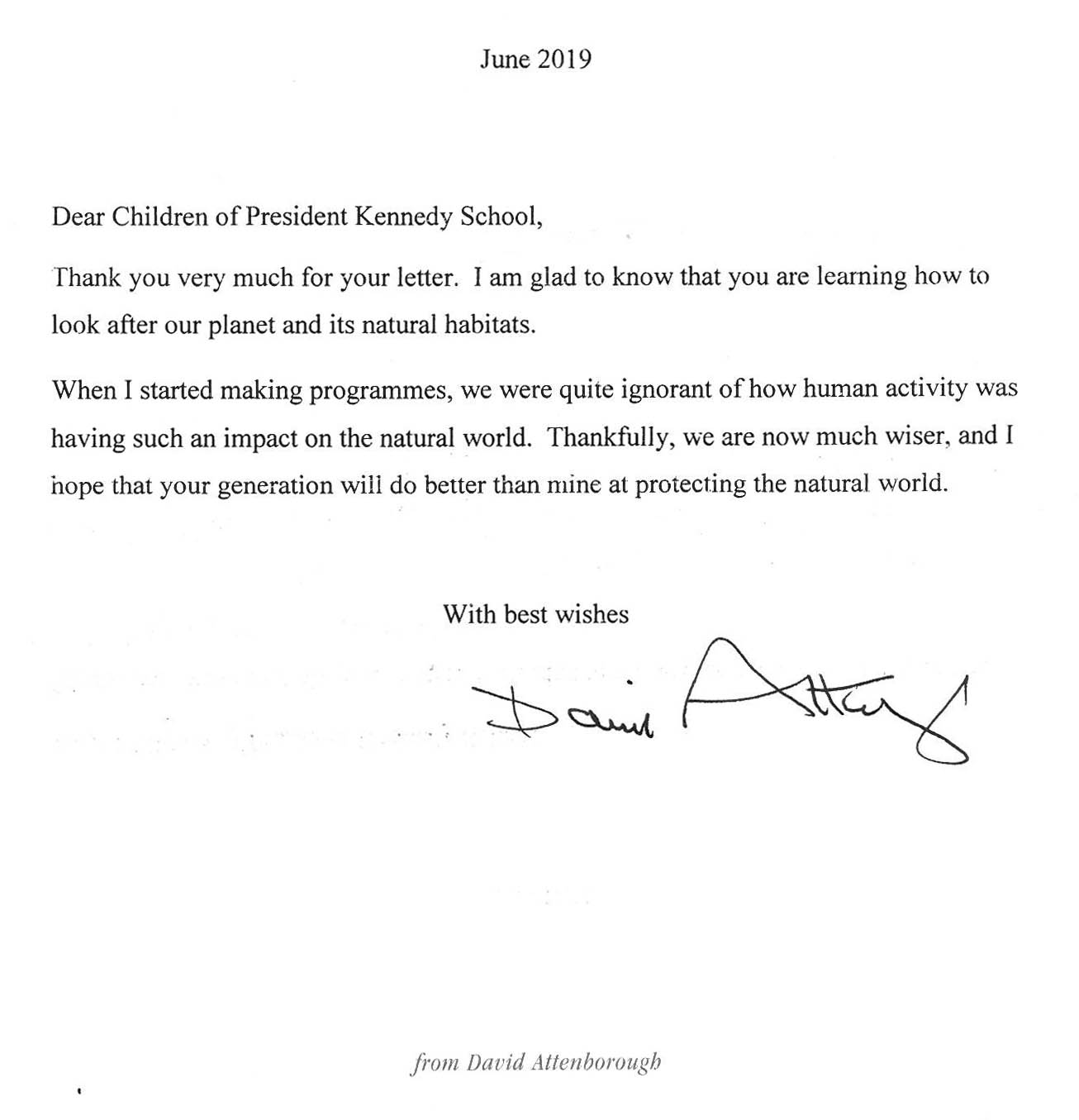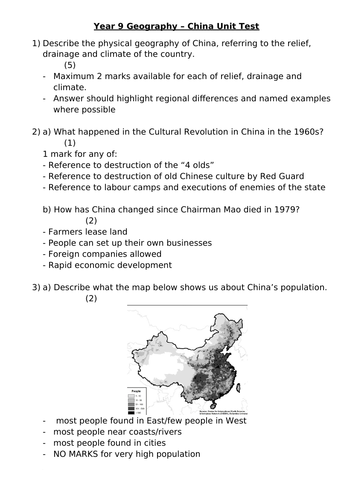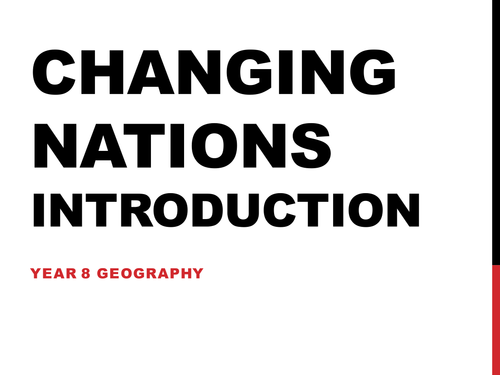

Year 7 Year 8 Year 9 Year 10 Year 11 A-Level Year 11 EDUQAS AQA Paper 1 AQA Paper 2 AQA Paper 3 Geography Geography Geography Blogs GIS How to revise Australia Bushfires River course Earth Day 2020 World Environment Day 2020 Physical Landscapes The challenges of Natural Hazards. IXL brings learning to life with over 200 different geography skills. Engaging questions and fun visuals motivate students to master new concepts. For assessment revision Learn with flashcards, games, and more — for free.
Learning KS3 Geography: Explore and Discover
(Fun KS3 Geography revision quizzes to teach students in Year 7, Year 8, and Year 9)
Studying Geography is the only way you can travel around the world from the comfort of your own sofa. Well, aside from documentaries. And maybe books. Oh, and the internet. But we’re getting side-tracked.
When you learn about Geography, you’ll uncover exciting and captivating facts about different places and cultures.
It’s a whirlwind, no, a torpedo of fascinating stuff and we can’t wait to share it with you!
Year 8 Geography Worksheets

Throughout KS3, you’ll discover the more impressive side of Geography. From monumental volcanos to huge populations, you’ll be introduced to some of the amazing ways of our world you’re yet to uncover.
But it’s not all natural disasters and masses of people. Throughout Year 7, Year 8 and Year 9 you’ll see the more practical side to Geography. Don’t fall asleep! It’s not as boring as it sounds. Haven’t you ever wondered where rain comes from? And why it falls from the sky? Have you ever thought about how we help people suffering from the aftermath of a disaster?

Year 8 Geography National Curriculum
Our Geography quizzes will answer all these questions and more.
Whether you’re keen to learn about farming, maps or even tourism, our quizzes will take you into different countries and show you how people live, as well giving you the lowdown on the different cycles in nature. With quick-fire questions and engaging content, we know you’ll love exploring all the key chunks of the National Curriculum in our enjoyable quiz format. They’re fun, engaging and effective! We think that’s the way learning should be.
With our Geography quizzes, you’ll be able to explore different corners of the world, some of which you might not even know existed. It’ll be a fascinating journey of learning and discovery.
Leave your textbooks behind while we head off to discover the secrets of the tropical rainforests.
Eyes open. You won’t want to miss a thing.
Our Key Stage 3 Explained will take you through what’s involved in the KS3 curriculum.






